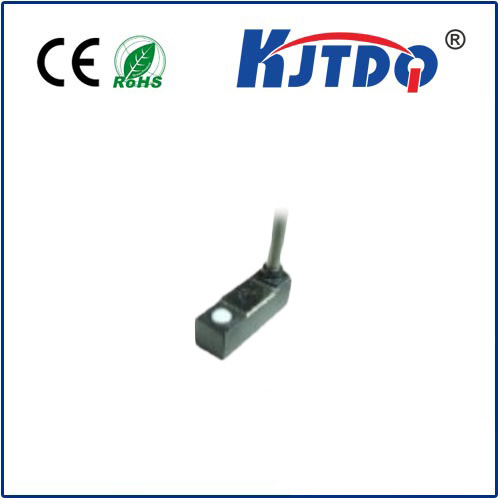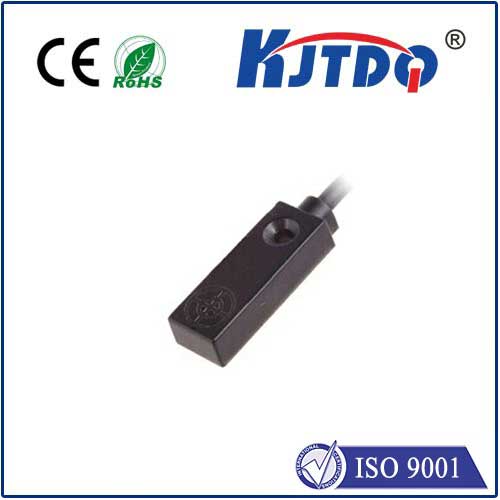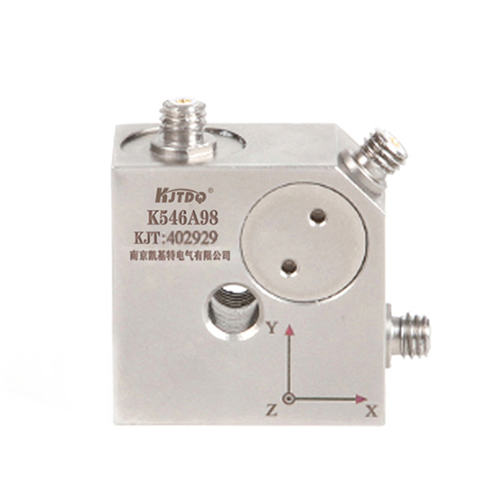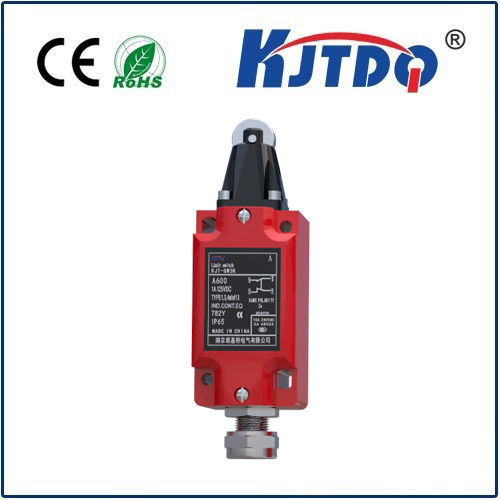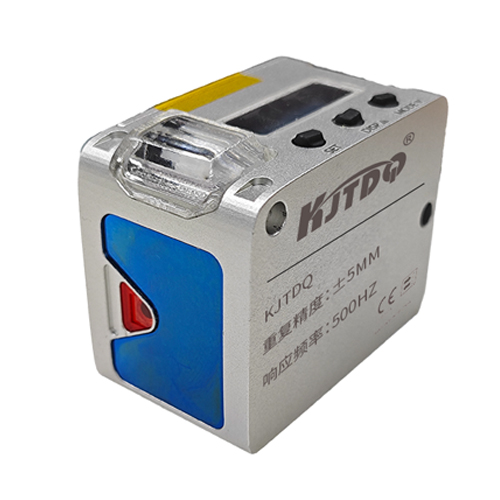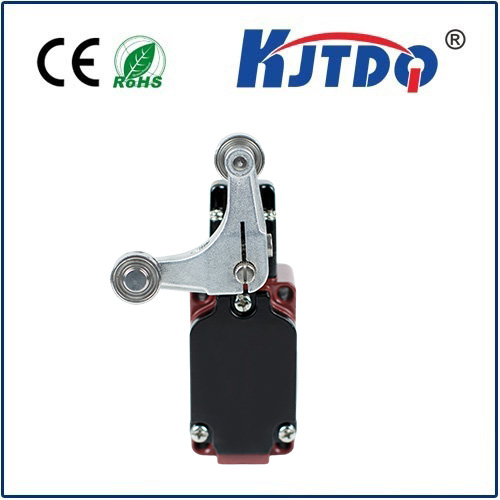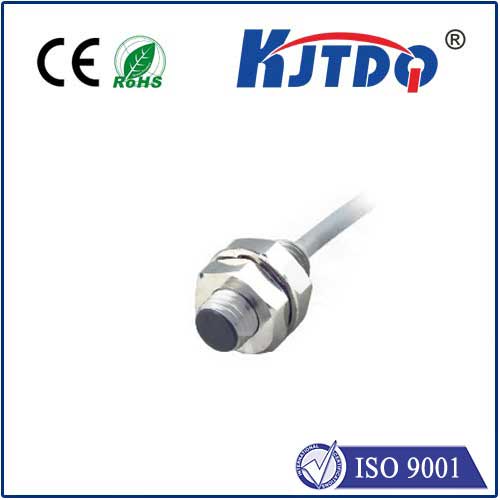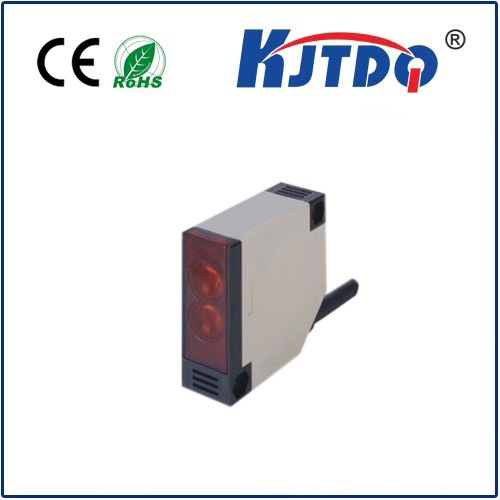

check

check

check

check
The Rise of Compact Photoelectric Sensors: Revolutionizing Modern Sensing Technology
As technology continues to advance at an unprecedented rate, the demand for compact and efficient devices grows exponentially. Among these innovative solutions, compact photoelectric sensors have emerged as a game-changing tool in the world of modern sensing technology. By combining precision and miniaturization, these sensors are redefining how we perceive and interact with our environment.
Photoelectric sensors operate on the principle of converting light into an electrical signal, which can then be interpreted by a variety of systems for different applications. In contrast to their bulkier counterparts, compact photoelectric sensors offer unparalleled advantages that make them ideal for use in industries ranging from automotive and manufacturing to consumer electronics and medical devices.

One of the most significant benefits of compact photoelectric sensors is their size. The reduced footprint allows for seamless integration into tight spaces and complex machinery without compromising performance. This feature is particularly critical in sectors where space constraints are a major concern, such as in the design of smartphones or other portable electronic devices.
In addition to their diminutive dimensions, compact photoelectric sensors boast high sensitivity and fast response times. They can detect changes in light intensity accurately, making them suitable for tasks requiring quick reactions, such as object detection in automated systems. Their ability to handle diverse light sources, including visible light, infrared, and ultraviolet, further enhances their versatility across various applications.
Another advantage of compact photoelectric sensors is their energy efficiency. As the global community becomes more conscious of environmental concerns and sustainability, these sensors provide an eco-friendly alternative to larger, power-hungry devices. Lowering energy consumption not only reduces operational costs but also minimizes the carbon footprint of technological advancements.
Despite their small size, compact photoelectric sensors do not compromise on durability. They can withstand harsh environments and extreme conditions, maintaining consistent performance over time. This resilience makes them reliable for use in outdoor settings or industrial contexts where they may be exposed to moisture, dust, vibration, or temperature fluctuations.
As with any technological innovation, the development of compact photoelectric sensors has faced its fair share of challenges. Engineers have had to overcome issues related to noise reduction, signal amplification, and the integration of microelectronics to ensure that these devices function optimally while remaining compact.
Furthermore, researchers continue to explore new materials and designs to push the boundaries of what compact photoelectric sensors can achieve. Advancements in nanotechnology and materials science promise even smaller sensors with higher performance capabilities, opening up exciting possibilities for future applications.
In conclusion, compact photoelectric sensors represent a significant milestone in sensing technology. Their combination of miniaturization, sensitivity, speed, and durability has made them essential components in modern devices and systems. As we look towards a future where technology becomes even more embedded in our daily lives, these sensors will undoubtedly play a pivotal role in shaping how we perceive and interact with the world around us. With ongoing research and innovation, the potential applications for compact photoelectric sensors are limitless, ensuring that they remain at the forefront of technological progress for years to come.

